OUR EXPERTISE, PROJECTS, TECHNOLOGY, AND SERVICES
Extensometers
An Extensometer is a geotechnical monitoring instrument that is designed to help civil engineers and geologists in the measurement of the deformation of the rock mass and adjacent or surrounding soil.
Our supplier is the world’s leading manufacturer of geotechnical instruments dealing with Electrical, Magnetic, Digital, and Mechanical Extensometers.
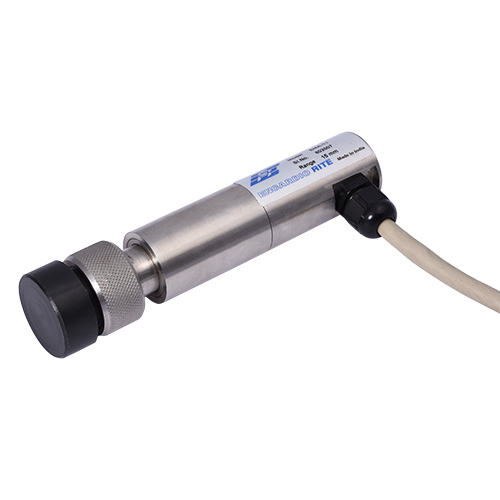
EXTENSOMETERS

Rock Bolt Extensometer
These measuring anchor, also known as rock bolt extensometer, is used to determine load exerted on rock bolts. It is a precision instrument designed to evaluate anchor system forces and their distribution within the length of the bolt and hence its safety and effectiveness. A digital caliper/micrometer depth gauge with a resolution of 0.01 mm is used to take readings. An electrical head assembly consisting of four potentiometric sensors is optionally available for electrical output.
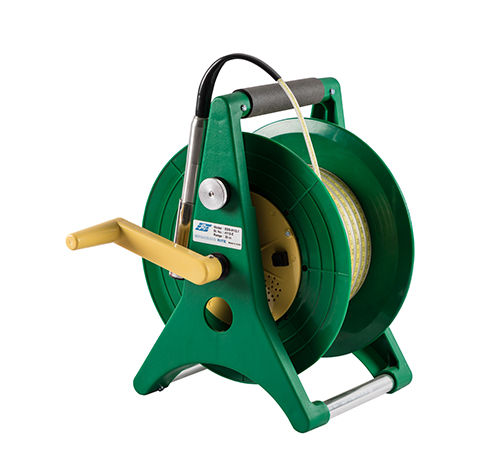
EXTENSOMETERS

Magnetic Extensometer
These recorders measure settlement or heave in foundations, embankments, fills, excavations etc. This magnetic settlement recorder is accurate, robust, light weight and convenient to use.
The system consists of an access tube, magnet assemblies and a portable magnetic probe with a reed switch.
The probe is inserted inside the access tube installed with magnet assemblies at various depths, to detect the change in position of the magnet assemblies due to vertical soil movement. Magnet assemblies suitable for the inclinometer casing are also available. A similar system for monitoring horizontal displacement in embankments is available with a pull cable reel and dead end pulley assembly.
- Datum magnet: for reference
- Spider magnet with 6 leaves: for boreholes
- Spider magnet with 3 leaves: for boreholes; can also be pushed in by a rod.
- Plate magnet: for fills & embankments.
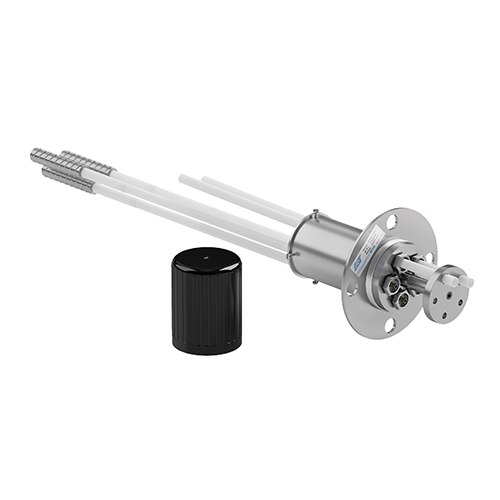
EXTENSOMETER

Mechanical MPBX
This unit is a mechanical multipoint borehole extensometer which is economical, reliable and preferred to use at the locations where access to the mouth of borehole is easily available. The reading are taken manually with a micrometer depth gauge.
The unit is suitable for upward borehole, while other models are suitable for downward borehole
The MPBX essentially consists of anchors grouted in a borehole at different depth sand connected to a reference plate with connecting rods (fiberglass or stainless steel).
The connecting rods are enclosed inside heavy duty protective tubing to allow for free movement. The change in displacement between the anchors and reference plate is accurately monitored with passage of time.
The initial reading is taken as the base. Subsequent readings are then compared with the initial reading to determine the magnitude of change in displacement across the opening.

EXTENSOMETERS

Mechanical SPBX
This unit is a single point borehole extensometer which is preferred to use at the locations where access to the mouth of borehole is easily available. This borehole extensometer is suitable for a 50 mm borehole.
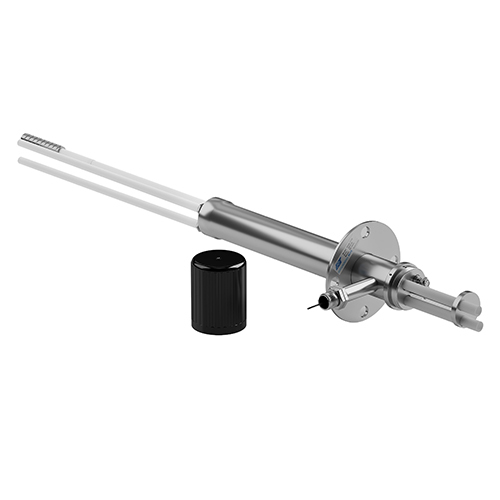
EXTENSOMETERS

Electrical SPBX
This is a single point borehole extensometer. It is a key equipment for investigation and monitoring of foundations, slopes, embankments, underground cavities and landslides. This is suitable for 50mm borehole.
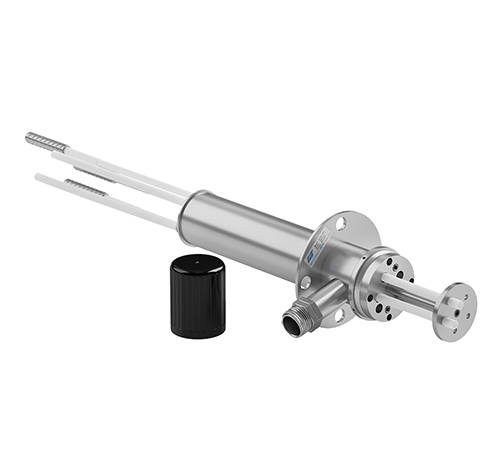
EXTENSOMETERS

Electrical MPBX
This is a Borehole extensometer measures extension that takes place with the time in a bored hole or in several bored holes in a rock mass.
This system is similar to the Mechanical MPBX units, except that this unit has a head assembly with a vibrating wire displacement sensors (the range – 50, 100 or 150 mm). Multi-core cables are used to transmit electrical output over long distances. The readings can be taken with a portable readout unit/data logger or through a remote automatic data acquisition system. This system is also available for use with mechanical readout devices.
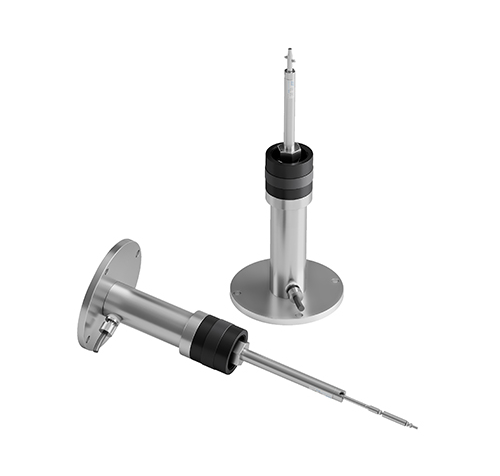
EXTENSOMETERS

Soil Extensometer
The soil extensometer is used for monitoring displacement between two surfaces that may shift with respect to each other. It is widely used for monitoring of soil and rock movement in embankments and dams.
The system contains a specially mounted vibrating wire displacement sensor, installed inside the protective tubing, fixed between two anchor beams with connecting rods. Any change in the relative position between the anchor beams represents deformation taking place and is measured by the displacement transducer.
The extensometer system is supplied with different gauge lengths (gage length is the distance between two anchors).
A number of extensometer units can also be connected in series to measure incremental displacements over large distances. Movement of relative position between two anchor channels at the ends of the soil extensometer is representative of mass movement.
The frequency output can be accurately measured by any vibrating wire readout unit. The data can also be automatically collected at desired frequency, stored and transmitted to remote server by a suitable wireless datalogger. The initial reading of the sensor is taken as the base. Subsequent readings are then compared with the initial reading to determine the magnitude of change in displacement across the opening.
